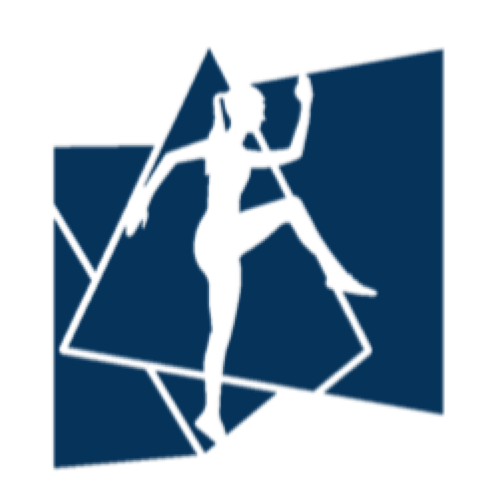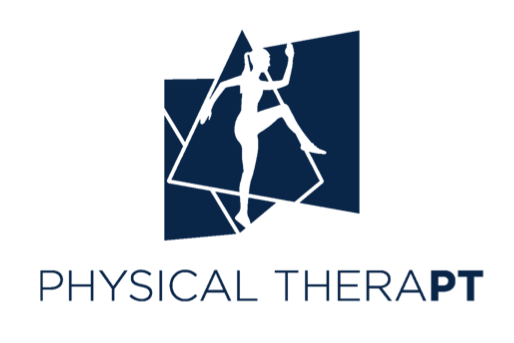We’re pushing pause on our injury spotlight series to talk about physical wellness in The Age of the Coronavirus. Over the next few weeks, we’ll share the latest research on how physical activity, immune function, and athletic durability all fit together. Want to know even more? Submit a question during our IG office hours (@physical.therapt), starting this week on Fridays!
Before we dive into optimizing workout schedules, let’s talk about load. Researcher Tim Gabbett defines load simply as “the act of performing work in preparation for, or carrying out an event.” This includes your workout and everything else that makes up your day. Load response is “the physiological, psychological or biomechanical response to performing that work.” These responses can be positive, negative or neutral depending on how prepared we were for said load.To do this, we need to ask ourselves two key questions:
What does my current physical activity look like?
What are my goals?
Last week’s post highlighted a link between increased training intensity and URIs, summarized by the J-Curve Theory. If we take these conclusions out of context, we’re left thinking that low-to-moderate intensity exercise and shorter length workouts are ideal for every athlete. Nope! This theory doesn’t dive deep enough into athletic background, training philosophy, or individual readiness.
Intensity and duration norms vary from athlete to athlete. When aiming to support immune function, avoiding drastic changes in activity is important. For those with pre-established conditioning levels, keep going, whether than means running 10 miles a day or 10 miles a week.(We’ll discuss the pitfalls of overtraining in the coming weeks, including signs to look for and best practices to avoid it.) Be honest with yourself, and outline your daily and weekly training routines. Include information like time, distance and rate of perceived exertion.
M.Gibala Ph.D.
No matter your team, the global pandemic has forced us into an “off-season”. It remains unclear when competition will resume as normal for all sports. Traditionally, off-seasons are a time for strength training, skill development and recovery. With your personal goals in mind, how does this current season differ?
To help you close the gap between your current activity level and where you’d like to be, we’re sharing a load management tracker. This spreadsheet will allow you to observe trends in your current routine, and make smarter decisions about your next workout. As you learn more about your habits, we’ll share more on how to appropriately plan for the higher intensity days ahead.
To read more about acute and chronic workload tracking, check out the consensus statement below:



